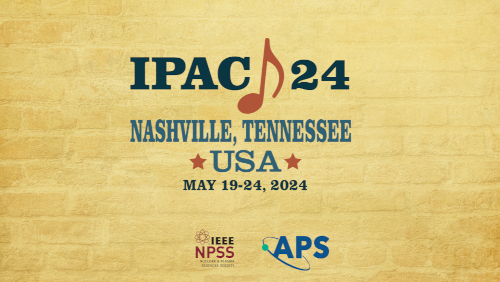Speaker
Description
Ion effects present a big concern for APS-U operation. A lot of effort has been directed towards simulating and mitigating this phenomenon. Simulations predict that bunch gaps are an effective solution, especially if first and last bunches contain higher charge. However, it is desirable to minimize charge variation. This is an optimization problem - total charge should be optimized subject to constraint of avoiding beam blowup. We adapted our Bayesian optimizer to do this in an online manner by defining a set of knobs corresponding to per-bucket charge, a total charge objective, and a stability constraint based on bunch-by-bunch feedback strength. By precisely controlling injector charge and kicker scraping, arbitrary current patterns could be quickly established. Our results show that higher charge at the ends is beneficial in agreement with simulations. However, we also found that current variation can be minimized by a smoother increase over several border buckets, and that a few special configurations with asymmetric charge pattern have surprising stability, potentially indicating a new class of solutions. Simulation studies are in progress to model this behavior.
Funding Agency
The work is supported by the U.S. Department of Energy, Office of Science, Office of Basic Energy Sciences, under Contract No. DE-AC02-06CH11357.
| Region represented | North America |
|---|---|
| Paper preparation format | LaTeX |

